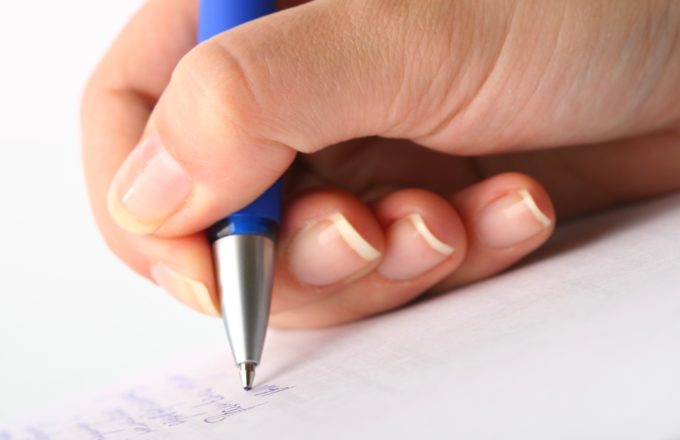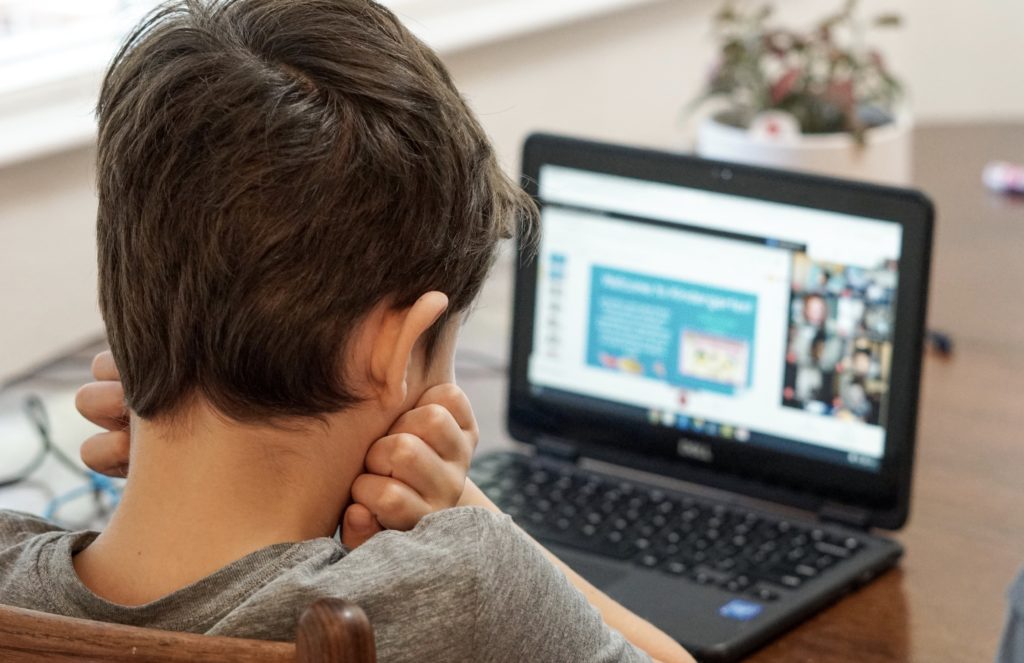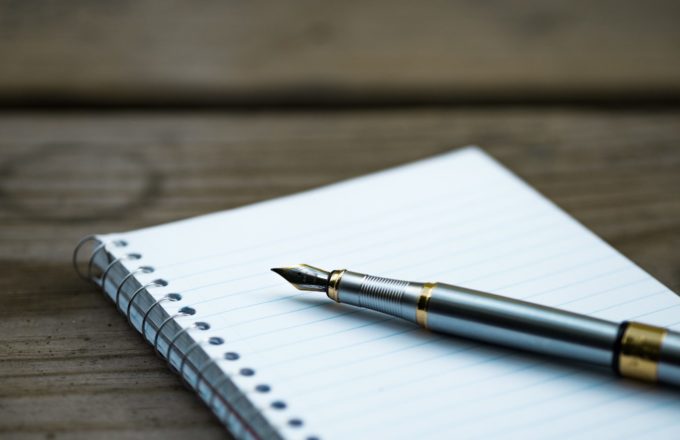The Elaborated Paragraph
Students who can write different types of expository paragraphs on concrete topics are ready to write a more detailed paragraph, or elaborated paragraph. The framework for an elaborated is three detail sentences that support the topic, marked by the transitional expressions “first of all,” secondly,” and “thirdly.” An elaborating sentence that infers more information follows each supporting sentence. All sentences are arranged in a clear, logical order.
To write three sentences that support the topic, plus an elaborating sentence for each, students must be able to:
- engage in discussions about an assigned topic and intellectually process information for relevance and accuracy
- categorize information (e.g., break an assigned topic down into smaller components)
- provide clear examples that support the topic sentence
- make inferences that respond to how and why questions
The procedures below help students develop a topic sentence for an elaborated, write detail sentences and elaborating sentences in the body of the paragraph, and compose a concluding sentence.
The Topic
An elaborated paragraph begins with a topic sentence that needs the support of clear, logical ideas. Teachers can cue students for the topic sentences with a question. For example:
Question: Is recycling beneficial to the environment?
Topic Sentence: Recycling is beneficial to the environment.
The Body
The body of an elaborated paragraph supports the topic sentence. The transitional expressions “first of all,” “secondly,” and “thirdly” mark each detail sentence that supports the topic sentence. The elaboration sentence can answer the question why or how, or it may provide a specific example. Students then create a coherent elaborated paragraph by focusing on accurate information, logical inferences, and precise vocabulary. They should write in the present tense unless the topic is of historical interest. For example:
Detail #1: First of all, by recycling items like paper, plastic, and glass, less trash ends up in landfills.
Elaboration (for example?): Recycling glass bottles allows us to reuse materials instead of throwing them away.
Detail #2: Secondly, recycling conserves natural resources.
Elaboration (why?): When we reuse materials, we don’t need to extract and process as many raw resources from the Earth.
Detail #3: Thirdly, recycling can reduce pollution.
Elaboration (how?): Manufacturing new products from raw materials often generates more pollution than making products from recycled materials.
The Concluding Sentence
The concluding sentence directly relates to the topic sentence. Students often need guiding questions to synthesize information for a concluding sentence. The teacher models the pattern below and asks students to paraphrase the information in a concluding sentence.
Question: Why should people make an effort to recycle products instead of throwing them away?
Concluding Sentence: People should make an effort to recycle products instead of throwing them away because less trash will end up in landfills, natural resources can be conserved, and pollution can be reduced.
The Final Product
Once all of the pieces of the elaborated paragraph have been established, they can be put together to create a coherent paragraph.
Recycling is beneficial to the environment. First of all, by recycling items like paper, plastic, and glass, less trash ends up in landfills. Recycling glass bottles allows us to reuse materials instead of throwing them away. Secondly, recycling conserves natural resources. When we reuse materials, we don’t need to extract and process as many raw resources from the Earth. Thirdly, recycling can reduce pollution. Manufacturing new products from raw materials often generates more pollution than making products from recycled materials. People should make an effort to recycle products instead of throwing them away because less trash will end up in landfills, natural resources can be conserved, and pollution can be reduced.



